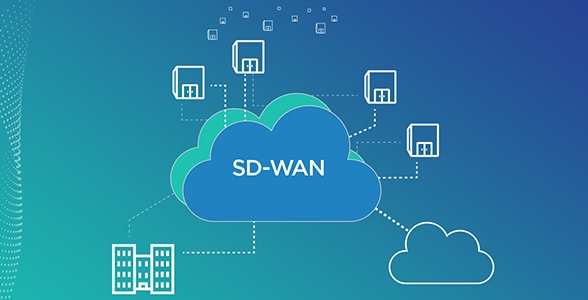There are many reasons to implement SD-WAN in a company. Among them are reduced costs, improved last-mile performance, and Application-driven policies. In this article, we will outline three benefits. Regardless, you’ll likely see these benefits from using SD-WAN in your business. Don’t forget to ask for your IT department’s recommendations!
Reduced costs
One of the benefits of sd-wan is reduced costs. Because it is software-defined, maintenance and support are more easily managed. In addition, the cloud structure enables the optimization of logistics. SD-WAN can be ordered online. Maintenance is done remotely and reduces the need for specialized engineers. Moreover, the reduced number of pieces of equipment means fewer repair costs. This makes SD-WAN an excellent choice for companies that want to reduce costs.
Compared to MPLS, SD-WAN can help companies reduce the hardware, software, and circuits costs. Because SD-WAN can be used with multiple internet providers and a value-added reseller model, these savings can be recouped in a month. In addition, SD-WAN can also reduce human capital costs, as some of the savings are returned to users with the monthly service fee. However, these costs are subject to independent variables.
Easy network scalability
In a highly competitive market, organizations must consider both the cost and flexibility of an SD-WAN deployment. This type of network is scalable, flexible, and offers multiple benefits. Its business-driven approach provides predictable service while also offering an optimized application experience. SD-WAN supports hybrid active-active configurations that provide better performance than traditional active-passive approaches. Its intelligent application traffic routing allows organizations to optimize their network performance while avoiding the need for backhauling.
As the popularity of cloud computing increased, so did the need for bandwidth. While traditional WAN architectures backhaul data between data centers and remote offices, this approach is costly and inefficient. As bandwidth demands increase, legacy WAN architectures are expensive and difficult to manage. SD-WAN combines traditional WAN architectures and virtualization technology to provide a more flexible, lower-cost solution that allows organizations to scale and add capacity quickly.
Improved last-mile performance
An essential feature of SD-WAN is its policy-based management. Using policy to steer traffic based on its priority and route it through multiple routes optimizes the network’s performance. For example, a recent uptime institute report shows that network failures trail only power outages, reducing the risk of downtime. With SD-WAN, policy-based management can improve last-mile performance by up to 30%.
Another benefit of SD-WAN is its ability to compensate for various Internet performance problems. These issues can vary from last-mile connections to SD-WAN nodes to the middle miles between nodes. SD-WAN can help mitigate latency problems by utilizing path aggregation, which combines multiple Internet links. Traffic should be load-balanced across all connections and run in active/active mode to improve last-mile bandwidth. In addition, an SD-WAN should be flexible enough to enable customers to pin specific applications to specific transports.
Despite the recent success of SD-WAN in improving last-mile performance, businesses still require a high-availability level for their networks. With an MPLS connection, network managers had to pair it with an Internet connection if it lost service. If the failover occurred, all of the current sessions would be lost. Fortunately, this problem can now be solved with SD-WAN without incurring additional costs.
Application-driven policies
An SD-WAN solution can improve the performance of SaaS applications, which are highly transactional. A business-driven SD-WAN solution handles a total transport outage without disrupting business-critical applications. The result is exceptional application performance on the network.
Administrators can program and apply policies centrally with application-driven SD-WAN instead of distributing them across multiple nodes. This means that they can apply changes to tens, hundreds, or even thousands of nodes instantly. As a result, business owners can expect significant operational efficiency. Furthermore, SD-WAN can help reduce the overall attack surface and avoid security breaches. Finally, businesses can optimize traffic steering across the WAN by taking advantage of application-driven policies.
SD-WAN also offers an automated policy-based framework that propagates unified management and control. These tools ensure compliance with business goals and simplify the management of network services. They also reduce the risk of security policy and QoS conflicts. Further, using orchestration tools such as Unity Orchestrator makes the control of SD-WAN easier and more reliable. It also eliminates the risk of human error.





























